

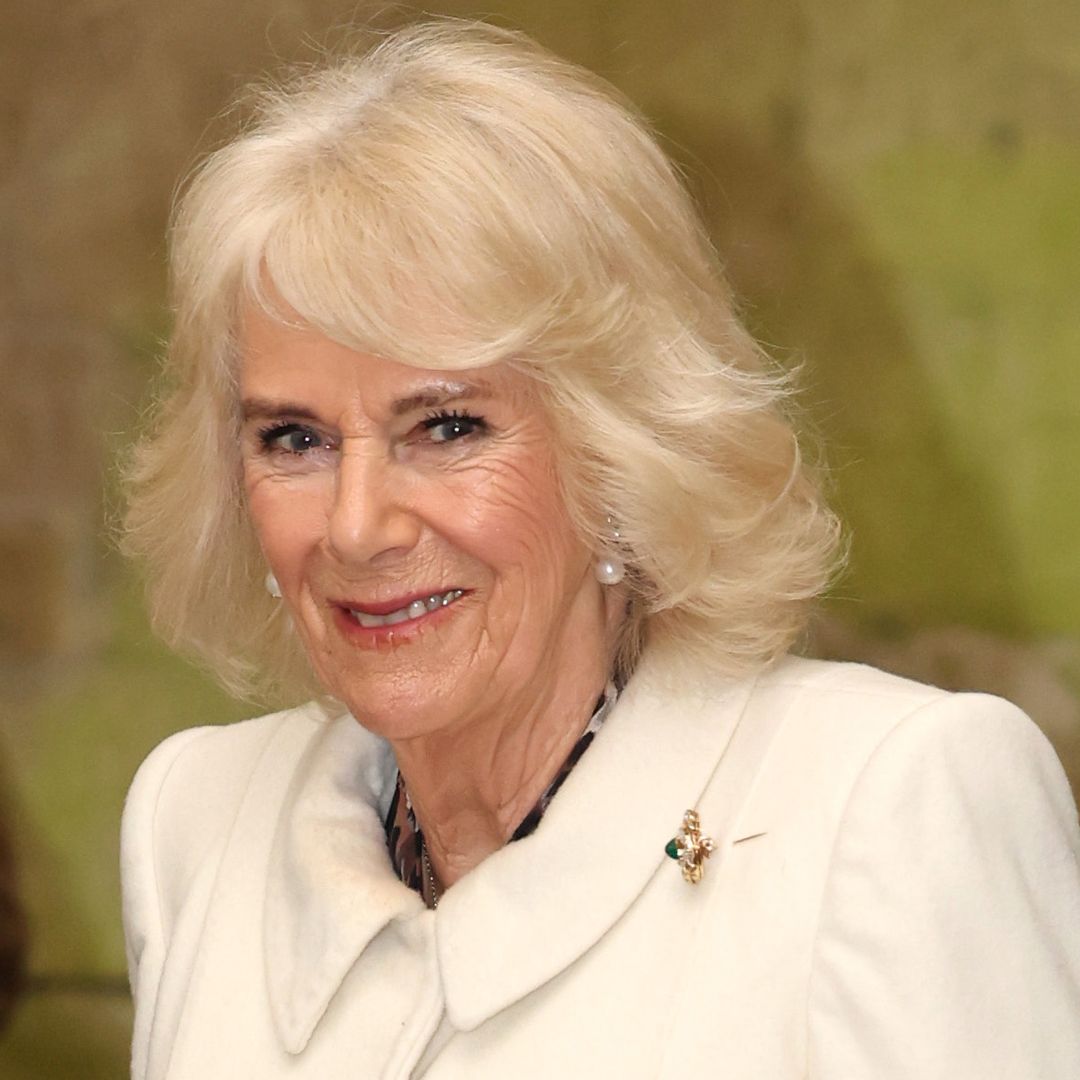
King Charles and Queen Camilla were greeted with cheers and gifts from the people of Australia during their visit to Sydney. Despite some protestors calling for indigenous rights and waving flags, the couple received a warm welcome as they continue on their first royal tour of the country. The Duke's ongoing cancer treatment did not seem to dampen the spirits of those who were grateful for their visit.
King Charles and Queen Camilla's Royal Visit to Australia
King Charles III and Queen Camilla recently embarked on their first royal tour of Australia, where they were greeted with a warm welcome and unwavering support. Despite some minor protests, the couple received an enthusiastic reception from the public.
Background
King Charles's visit held significant importance as it marked the first time a reigning monarch had visited Australia since the country became a republic in 1999. The tour also coincided with the fifth anniversary of the Duke of Edinburgh's death, a close friend to many Australians.
Events
The couple's itinerary included several key events, such as:
Reception
The majority of Australians welcomed the royal couple with open arms, expressing their gratitude and admiration for their visit. Crowds gathered outside public appearances to cheer and present gifts to the couple.
Protests
While the visit was largely positive, there were some protests, mainly by indigenous rights activists. Protestors waved flags and chanted slogans calling for recognition of indigenous sovereignty and the return of stolen land.
Cancer Treatment
King Charles's ongoing cancer treatment was not a major factor during the tour. The Duke appeared in good spirits and participated in all scheduled events. His presence was seen as a testament to his resilience and commitment to public service.
FAQs
1. Why are King Charles and Queen Camilla visiting Australia?
King Charles III is the head of state of Australia as the constitutional monarch. The royal tour is a way to strengthen ties between the UK and Australia.
2. What is the significance of King Charles's visit?
King Charles's visit marks the first time a reigning monarch has visited Australia since the country became a republic in 1999.
3. Who joined King Charles and Queen Camilla on their visit?
The couple was accompanied by their personal staff and a small entourage, including the Lady-in-Waiting to the Princess Royal, Lady Sarah McCorquodale.
4. How did Australians react to King Charles's visit?
The majority of Australians welcomed the royal couple with enthusiasm and support, despite some protests by indigenous rights activists.
5. What was the biggest highlight of the visit?
The highlight of the visit was King Charles and Queen Camilla's meeting with First Nations representatives, which showcased their commitment to reconciliation and understanding.
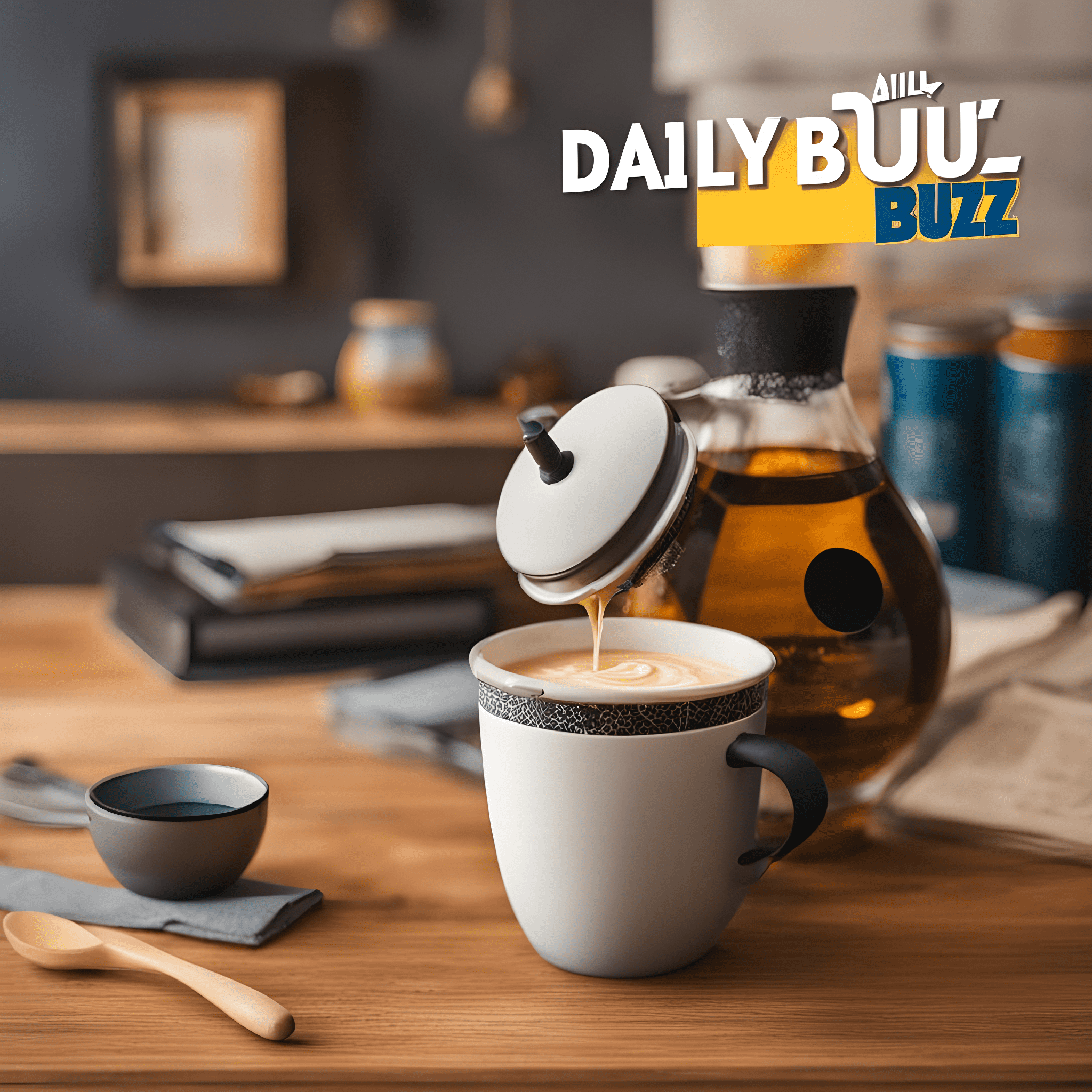
The India Meteorological Department has warned of an impending severe cyclonic storm, named 'Montha', that is expected to make landfall near Kakinada on the Andhra Pradesh coast. The storm has already caused heavy rain and strong winds along India's east coast and will continue to do so until Tuesday. States like Tamil Nadu, Odisha, Andhra Pradesh, and more have been placed on high alert and the government has declared holidays for schools in several districts as a precautionary measure. The Union Minister and BJP Chief has also directed party units to assist in rescue and relief operations.
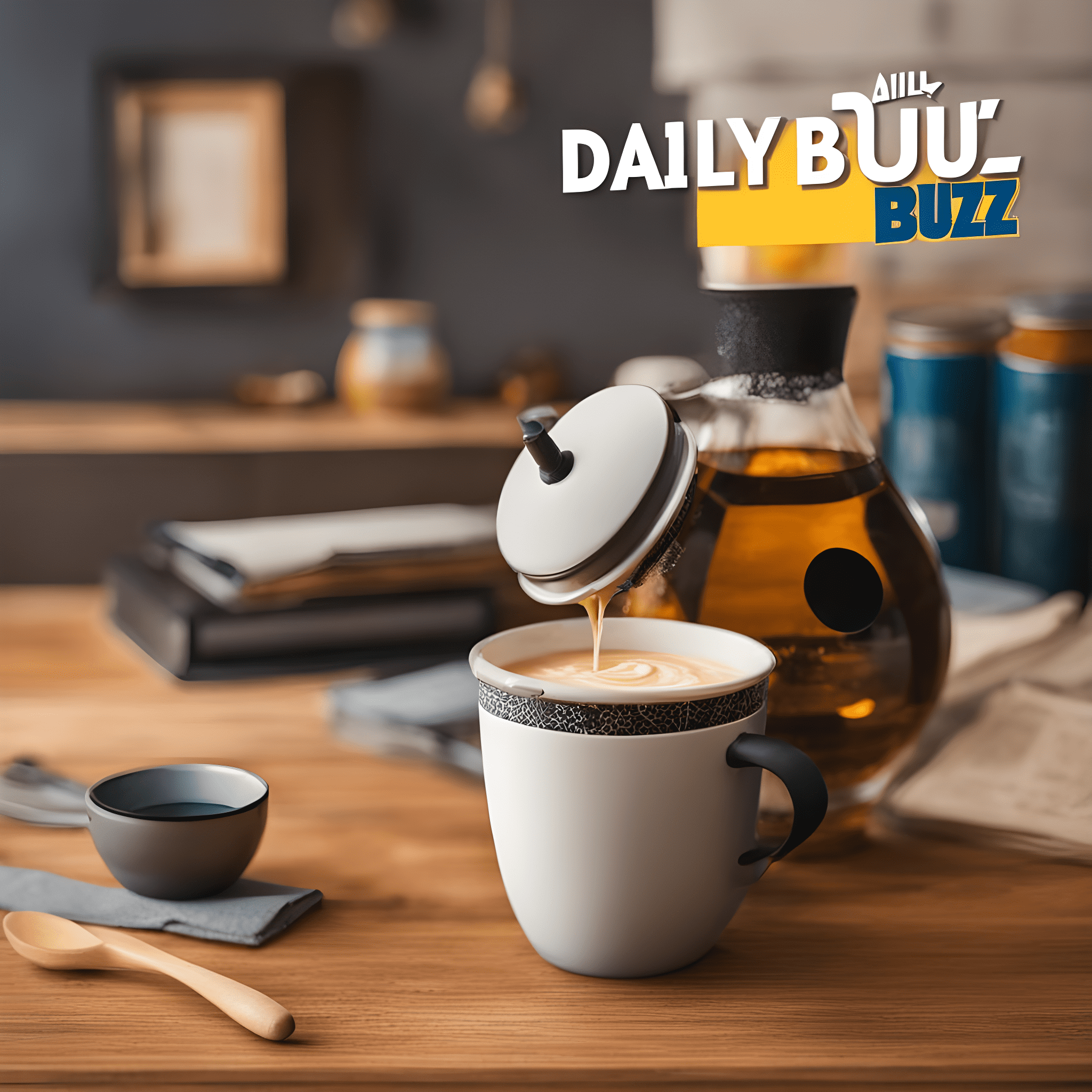
While conducting routine operations on Sunday, two separate crashes involving US Navy aircraft occurred over the South China Sea, coinciding with President Trump's visit to Asia. The first involved a MH-60R Sea Hawk helicopter from the USS Nimitz, and the second involved a Boeing F/A-18F Super Hornet fighter jet. Luckily, all personnel involved were rescued without any injuries reported.
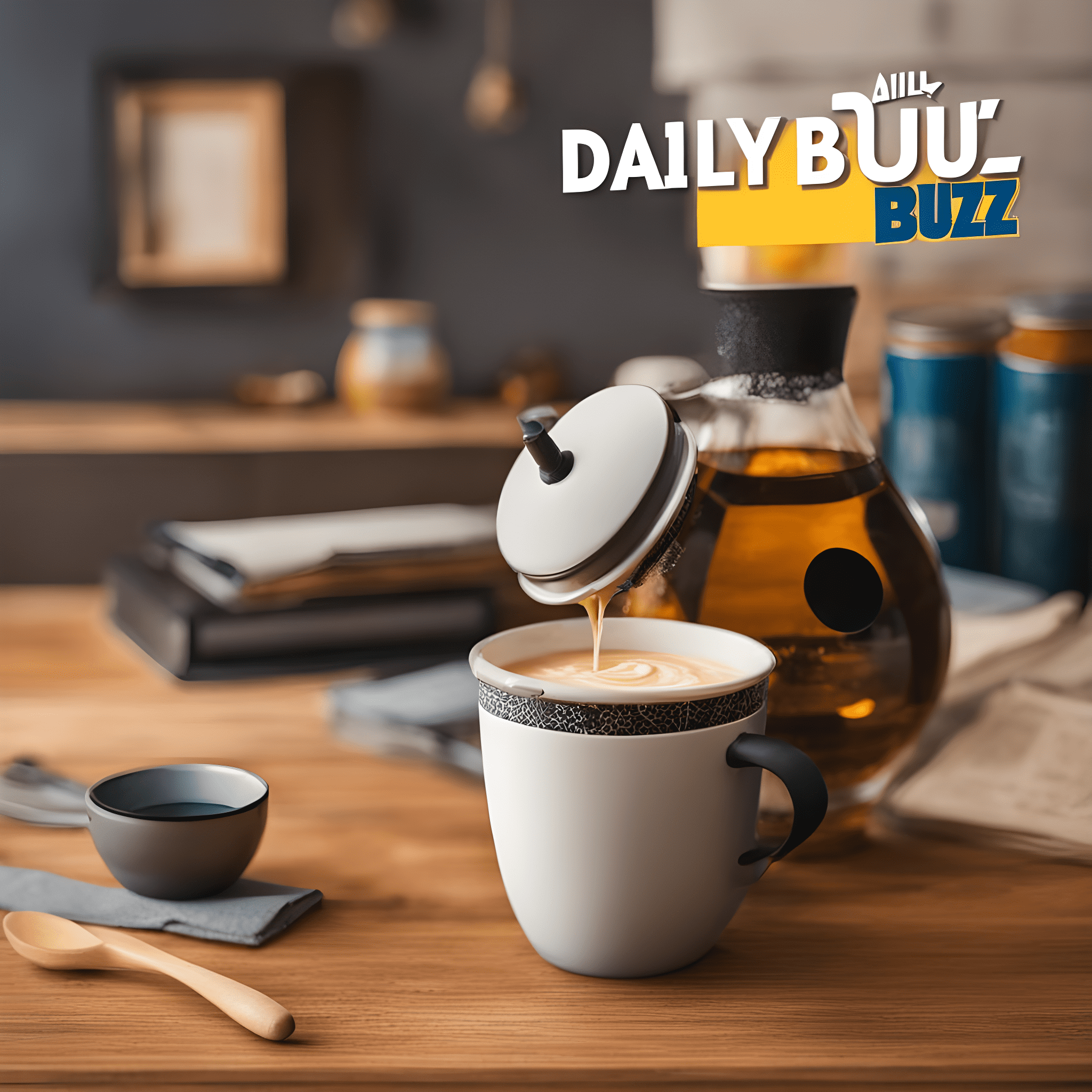
In a strong statement, President Asif Ali Zardari reiterates Pakistan's unwavering stance on the Kashmir dispute, calling India's claims on the territory illegal and in violation of international law and UN resolutions. He criticizes the recent remarks by Afghan leadership, highlighting the documented fact of terrorist attacks targeting Pakistani civilians and urging Kabul to take action against these militant elements. Zardari stresses that the fight against terrorism is a collective responsibility and Pakistan will not compromise its sovereignty or national security.
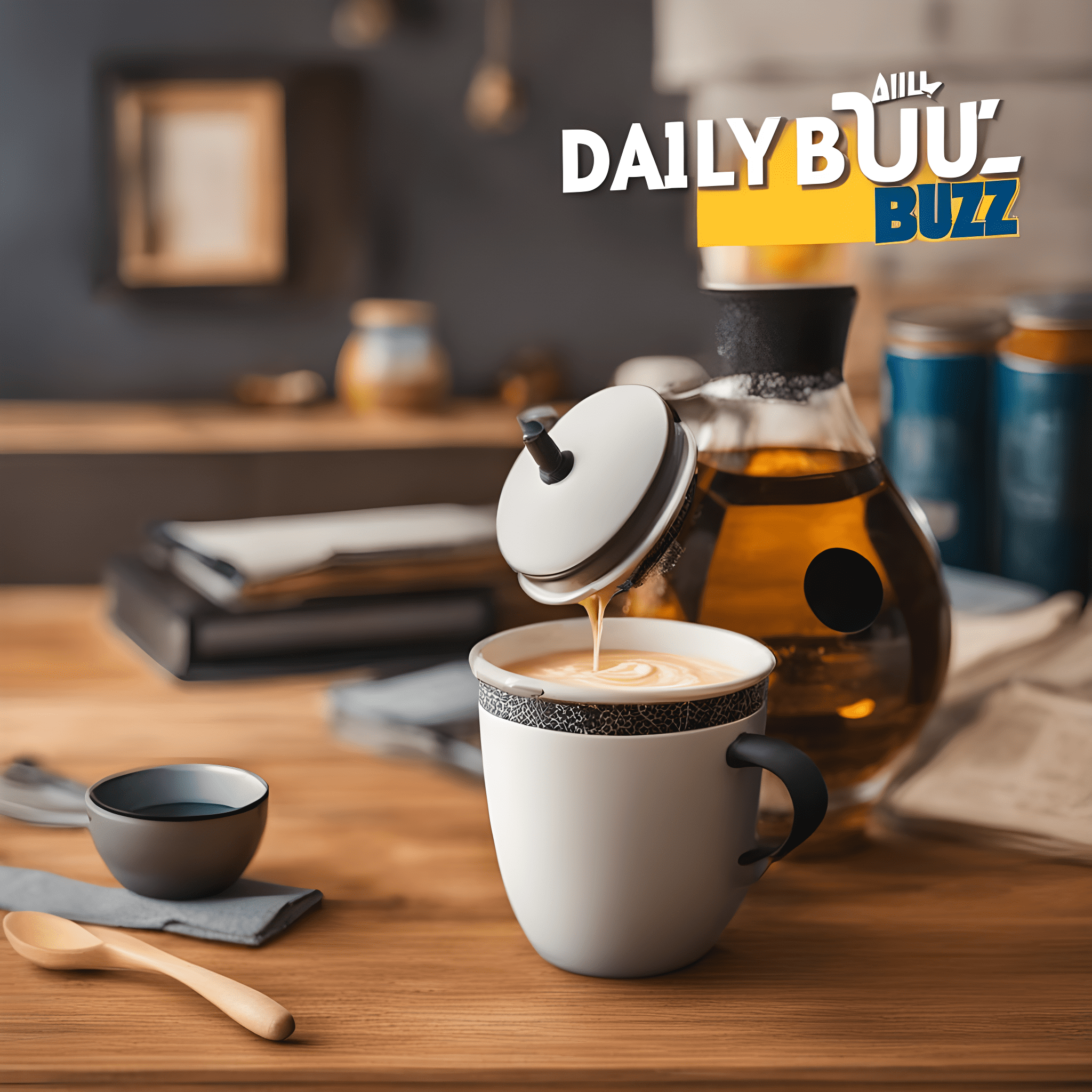
A tragic bus accident in Andhra Pradesh, India, which claimed the lives of 19 passengers, has been linked to a drunken biker, B Shiva Shankar. According to forensic reports and police investigations, the biker's reckless and intoxicated driving caused the initial crash that led to the bus fire. The bus was also carrying a consignment of smartphones and electric batteries, intensifying the fire and explosion. The second bus driver, who was reportedly sober, is cooperating with the investigation as police continue to file cases based on evidence and eyewitness accounts.
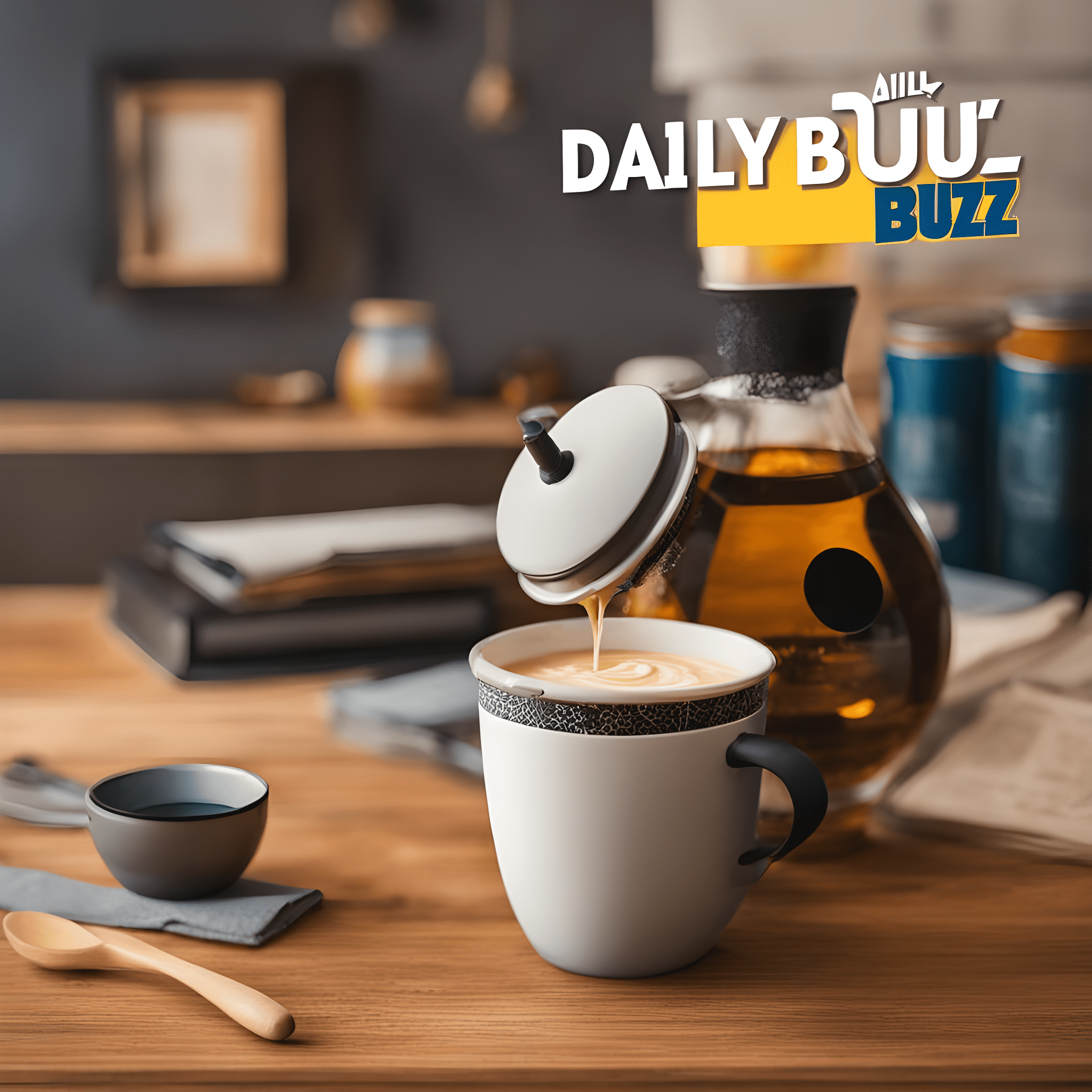
Indian Prime Minister Narendra Modi declared that the year 2026 will be marked as the "ASEAN-India Year of Maritime Cooperation" during the 22nd ASEAN-India Summit. This announcement highlights India's growing alignment with the ASEAN bloc, with Modi emphasizing the importance of the partnership in terms of strategic and economic cooperation. The Summit's theme of "Inclusivity and Sustainability" also reflects the shared priorities of both India and ASEAN, with joint efforts in areas such as digital inclusion, food security, and resilient supply chains. In addition to strategic cooperation, Modi also highlighted the expansion of collaboration in other areas such as education, tourism, and cybersecurity, while acknowledging the new member Timor-Leste and extending condolences to Thailand. Looking ahead, Modi expressed confidence in the long-term vision of ASEAN and India's development goals, stating that the 21st century belongs to both India and ASEAN.
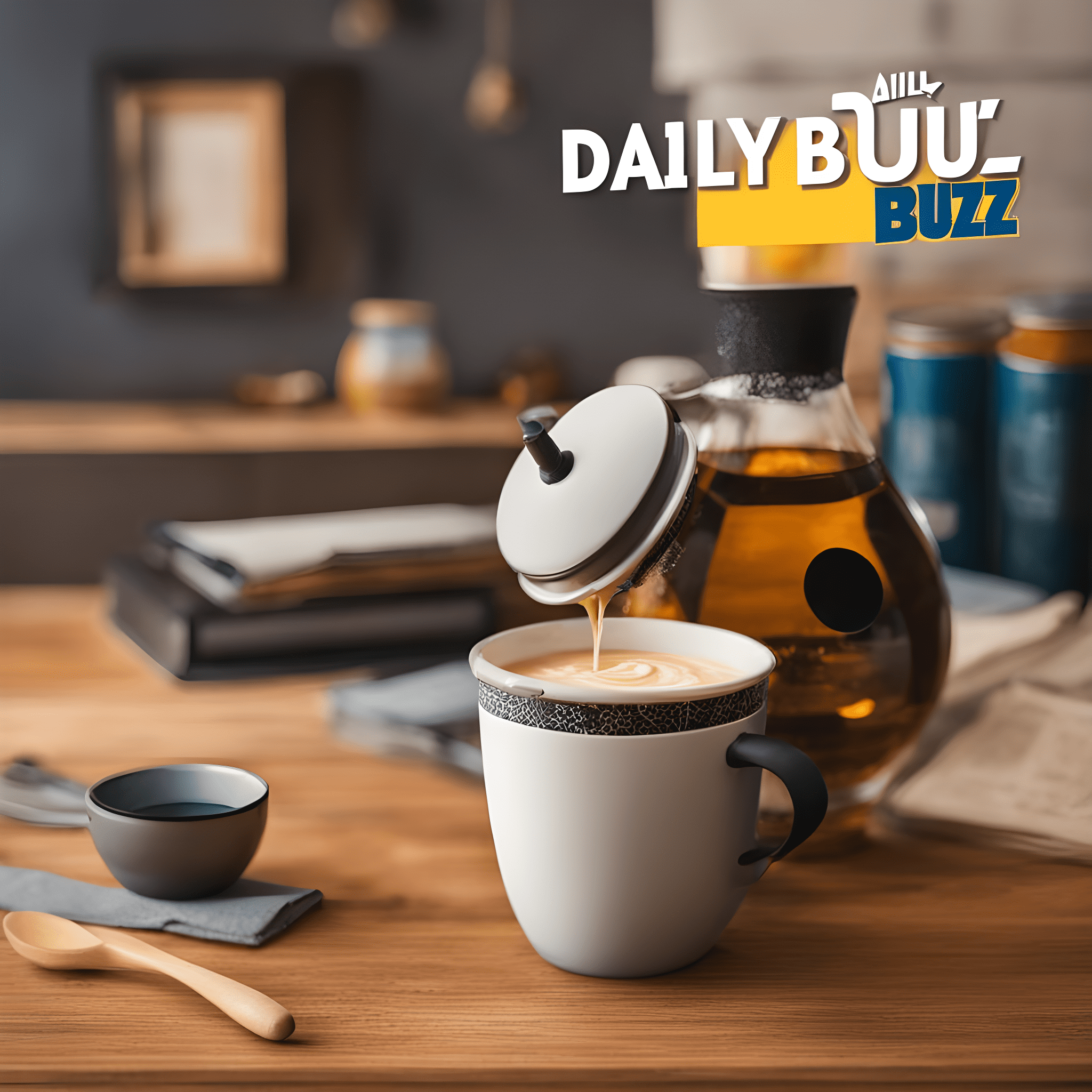
During his virtual address to the 22nd ASEAN-India Summit, Prime Minister Narendra Modi highlighted the shared cultural and historical ties between the two regions and stressed the importance of ASEAN in India's Act East Policy. He reaffirmed India's commitment to ASEAN centrality and hailed the ASEAN-India Comprehensive Strategic Partnership as a foundation for regional growth and global stability. With Malaysia as the current ASEAN chair and the Philippines set to take over in 2026, discussions at the upcoming East Asia Summit will focus on Indo-Pacific security and regional stability.
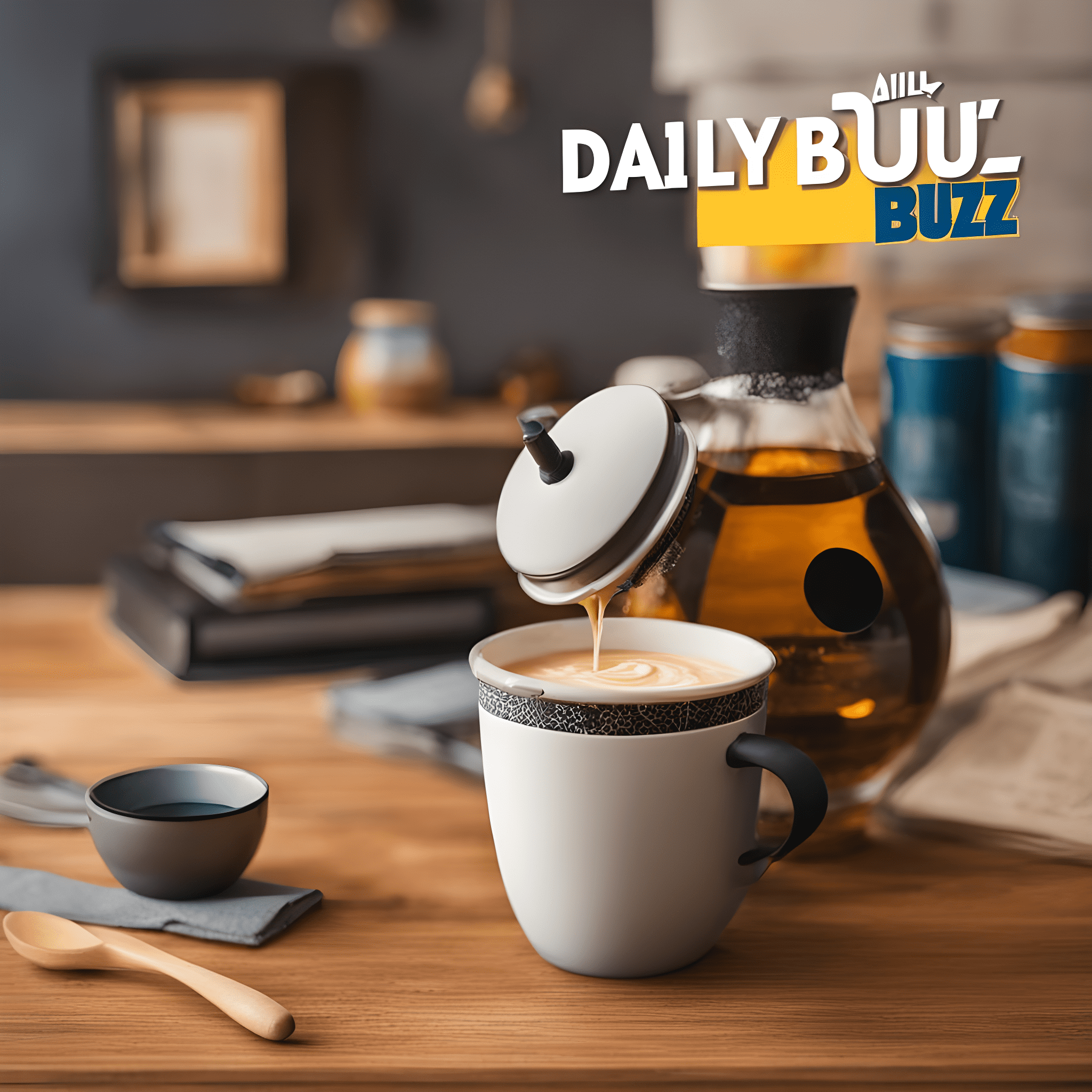
During their stay in Indore for the Women's Cricket World Cup, two Australian players were molested by Aqueel Khan, a known criminal with a history of offenses. The man was caught after an eyewitness noted down the number plate of his motorcycle, allowing the police to track him down through CCTV footage. The Australian team, who were staying at Radisson Blu Hotel in Indore, reacted strongly to the incident and filed a complaint with the police. The Madhya Pradesh Cricket Association has condemned the incident and offered support to the affected players.
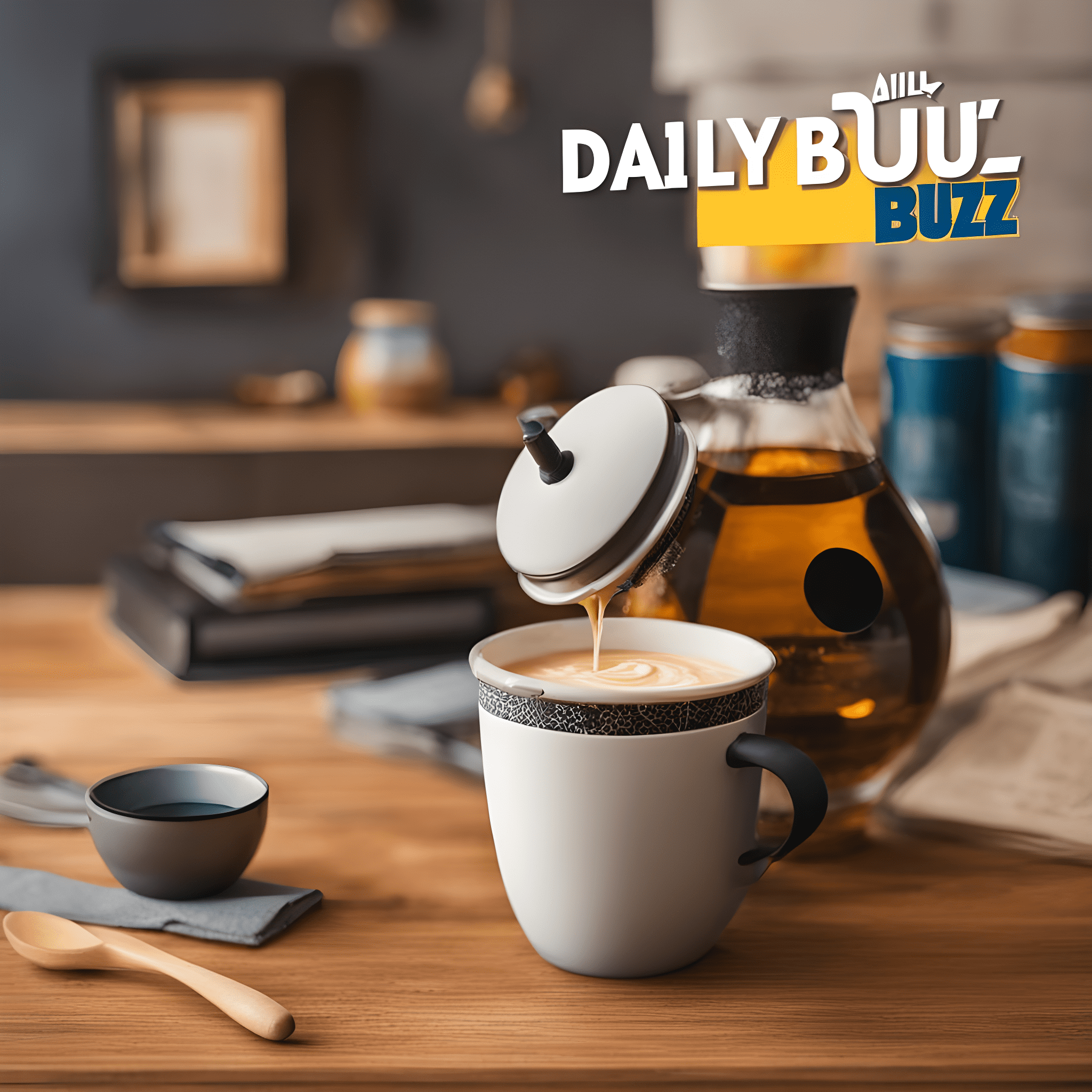
The leaders of five European countries, including PM Keir Starmer and Ukrainian President Volodymyr Zelensky, gathered in London to address the ongoing war in Ukraine. Starmer declared that Russian President Vladimir Putin is not serious about pursuing peace, while Zelensky thanked the US for imposing new sanctions on Russia. Outside of the summit, Ukrainians shared their experiences and fears of living in a warzone.
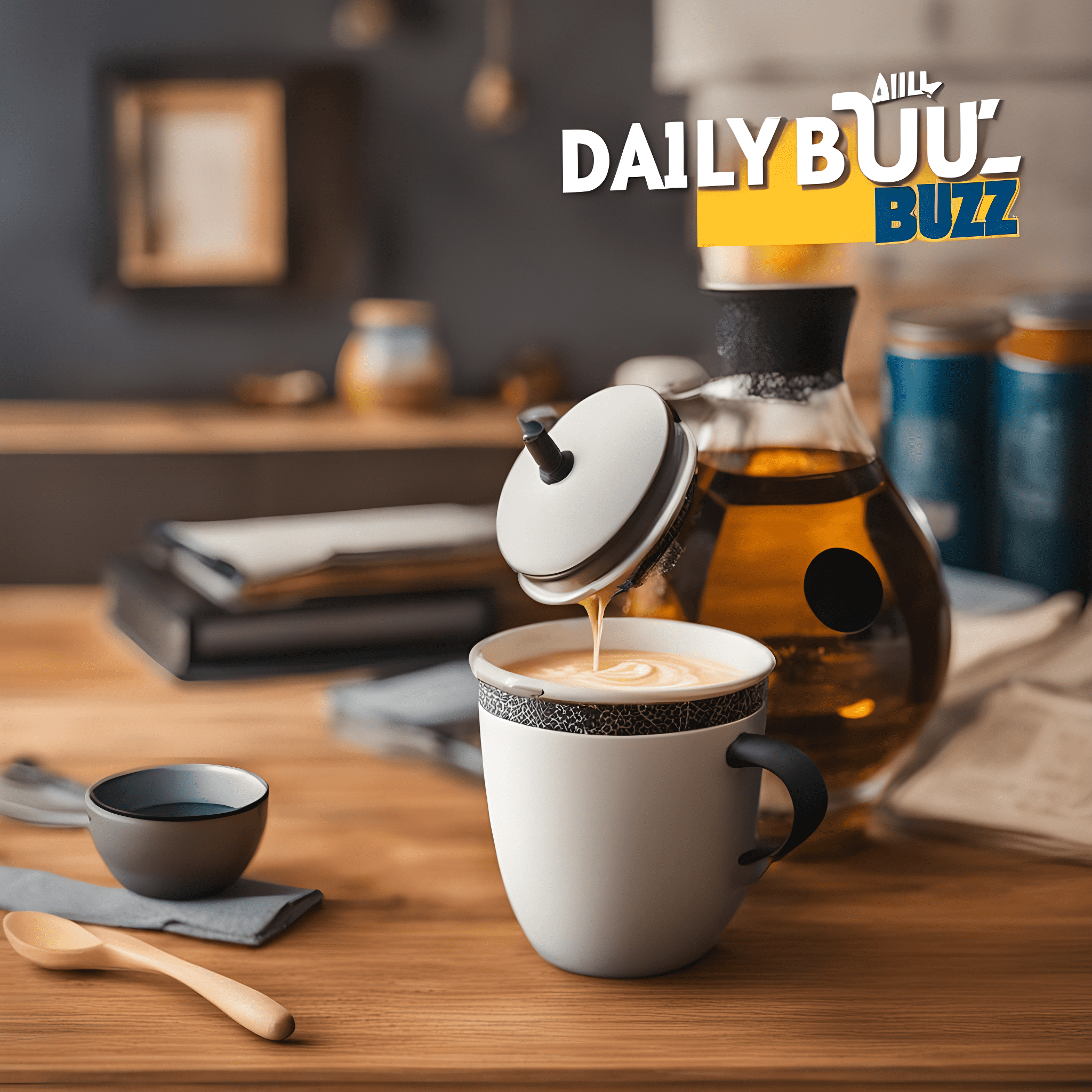
India and the US are on the verge of finalizing a trade deal, with both sides making significant progress and ironing out most issues. Union Minister of Commerce and Industry, Piyush Goyal, clarified that India will not succumb to pressure and will only enter into a deal that is fair and beneficial for both countries. Furthermore, Goyal emphasized that India's approach is driven by a long-term vision, rather than momentary pressure or deadlines.
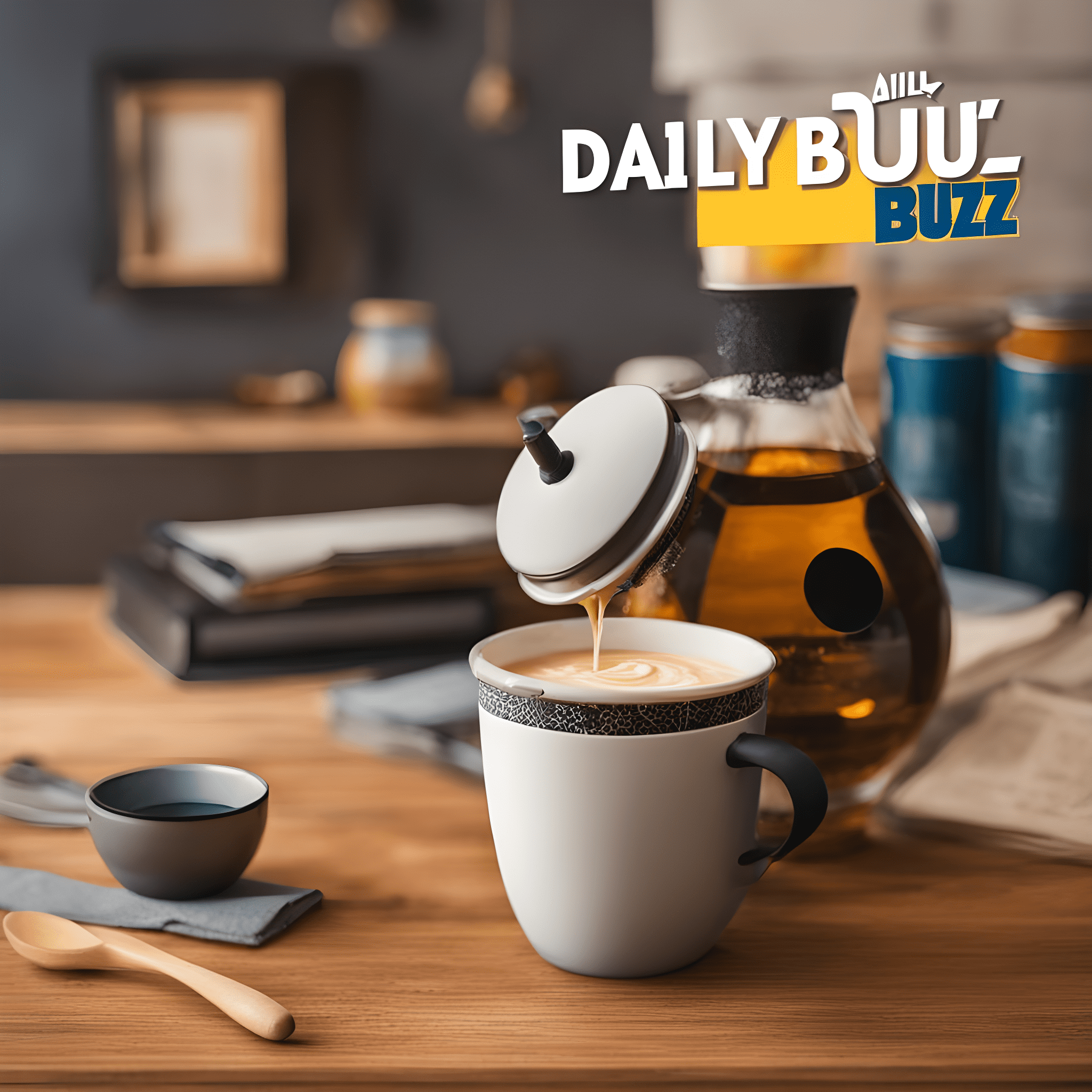
Delhi Police has arrested two ISIS operatives who planned to carry out blasts during Diwali celebrations in South Delhi. The suspects were reportedly radicalised online and had conducted recce of busy locations to inflict maximum casualties. Police believe the accused were in touch with foreign handlers and are looking into potential links to Pakistan's ISI. Investigations are ongoing to determine if the suspects have attempted to recruit others in Delhi and Bhopal.